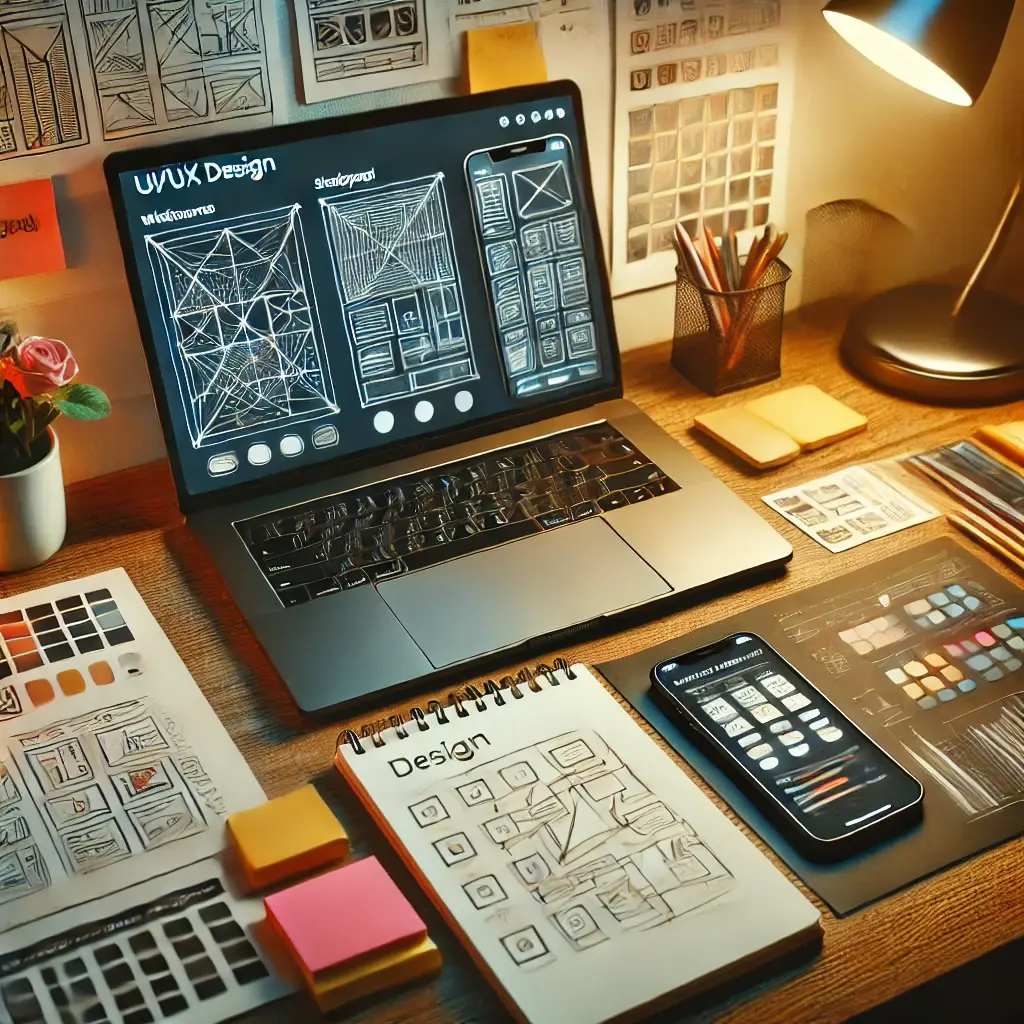UI UX design plays a vital role in crafting seamless and visually appealing digital experiences. While UI (User Interface) design focuses on the visual and interactive aspects of a product, UX (User Experience) design ensures usability, functionality, and overall user satisfaction.
Why is UI UX Important?
Enhances User Engagement: A well-designed interface keeps users interested and encourages interaction.
Improves Usability: Good UX design ensures that users can navigate a product effortlessly.
Increases Conversions: A user-friendly experience leads to higher customer retention and sales.
Strengthens Brand Identity: Consistent UI UX design establishes credibility and trust.
UI Design Elements:
Typography: Clear, readable fonts that enhance aesthetics and accessibility.
Color Theory: Strategic use of colors to evoke emotions and guide user actions.
Icons & Buttons: Interactive elements that improve functionality.
-
Spacing & Layout: Balanced compositions that create a structured design.
-
Imagery & Illustrations: Visual elements that complement the interface.
UX Design Elements:
-
User Research: Understanding user needs and behaviors through surveys and testing.
-
Information Architecture: Organizing content to improve navigation and discoverability.
-
Wireframing & Prototyping: Planning and testing user flows before full implementation.
-
Usability Testing: Iterating designs based on real user feedback.
-
Interaction Design: Creating seamless and intuitive interactions.

